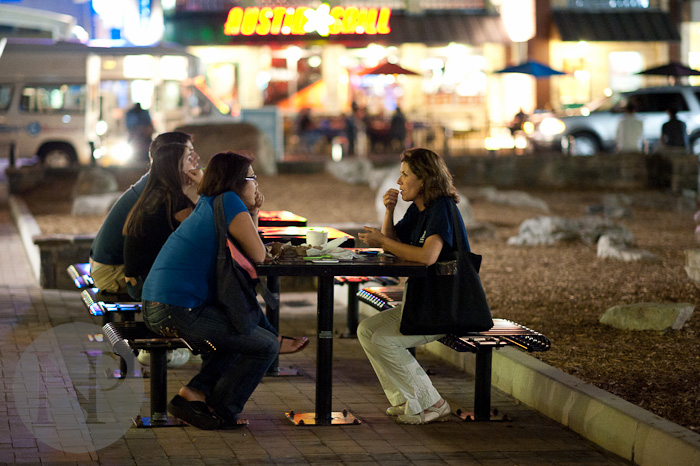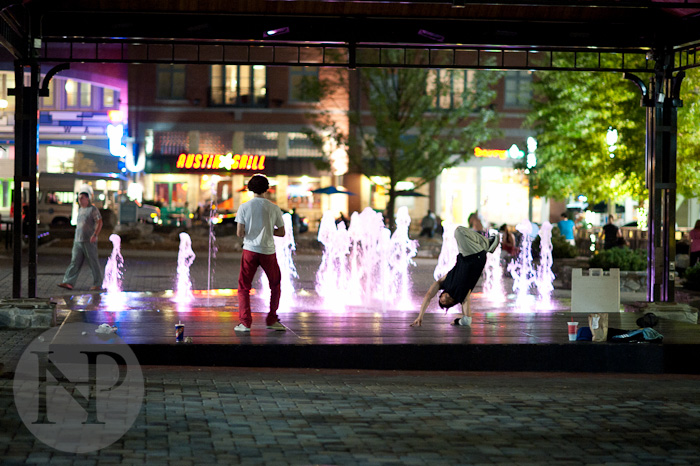Ladies and gentlemen, OPEN YOUR WALLETS!
This is just a quick preview of the fantastic brand spanking new lens from Nikon(BHPhoto, Adorama, and Amazon don't even have them ready for sale yet!). This replaces the legendary 85mm f/1.4D, and yes without a doubt it was worth the long wait. I didn't own the previous generation, but had used it quite a bit and in comparison, the new one focuses faster, hunts less when focusing in low light and is just as sharp if not slightly sharper and has just as creamy bokeh as its predecessor. The lens just came in yesterday to my house and I didn't get a chance to play with it until today, when I was headed towards Pilot Imaging's workshop event in Rockville (which the amazing Doug Gordon was the closing act).
This new lens packs in some great new additions, including Nano crystal coating, which reduces flare and ghosting, and an AF-S motor, which makes the lens whisper quiet (and much faster) when focusing. The previous model was a screw-drive type motor, which was anything but quiet. With my ninja-fast (just kidding...I'm not really a ninja) focus point moving skills I was able to get the lens to focus on one person doing a break dance move on their hands to the person behind them doing a fast spin all in a fraction of a second...not many lenses I own could do that! I was also very impressed with how the bokeh behaved, with such a smooth transition from sharp to creamy. The ONLY negative thing I have to say about the lens, is that at f/1.4 it isn't perfectly sharp, you really need to stop it down to 1.6 or 1.8 to get super crisp images, but what do you expect? It's an f/1.4 lens! Most lenses aren't REALLY super crisp until f/4. In addition, there is noticeable chromatic aberration at f/1.4 with heavily backlit and super-contrasty subjects, but that too is all but gone at f/1.6 and completely gone by f/1.8!
I'm sure you're done hearing me blather about the lens, and you want to see what it's capable of, well here you go. More images and a complete run-down sometime early next week. Have any questions about the lens or want to know more about the stats about an image? Let me know in the comments below!
NOTE: All images were taken in RAW, dropped right into Lightroom 3, not modified in any way except for cropping, and resized for the web (resized images have camera stats added in captions, some other images have captions due to high ISO to explain why image is a little noisy)
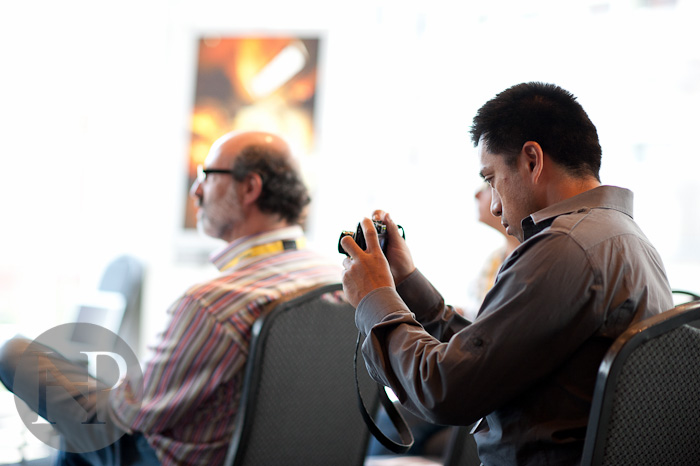
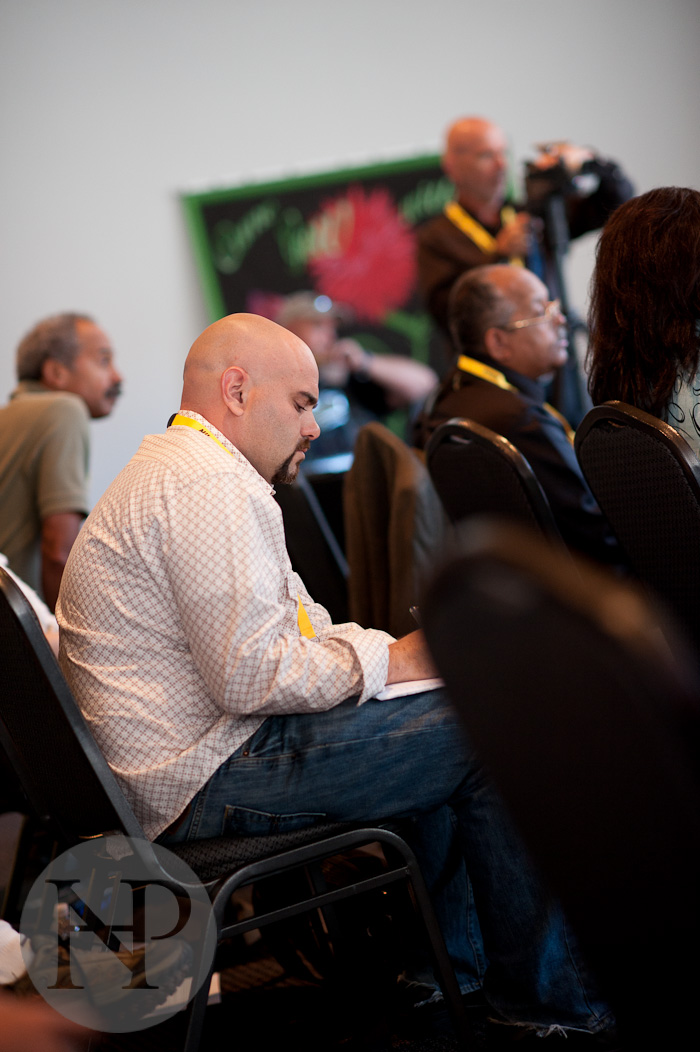
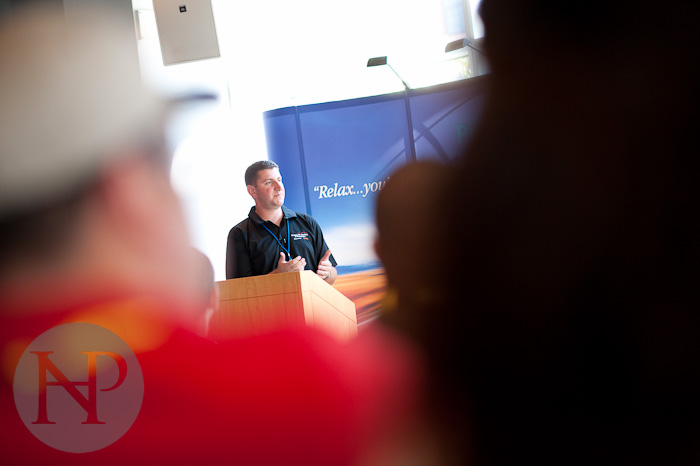
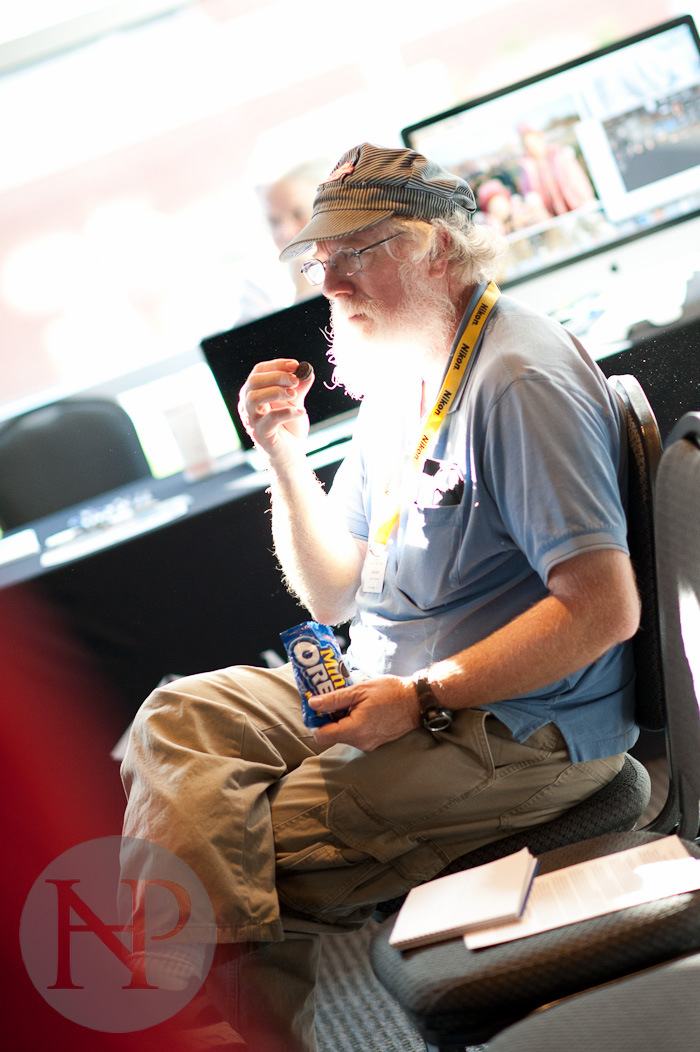

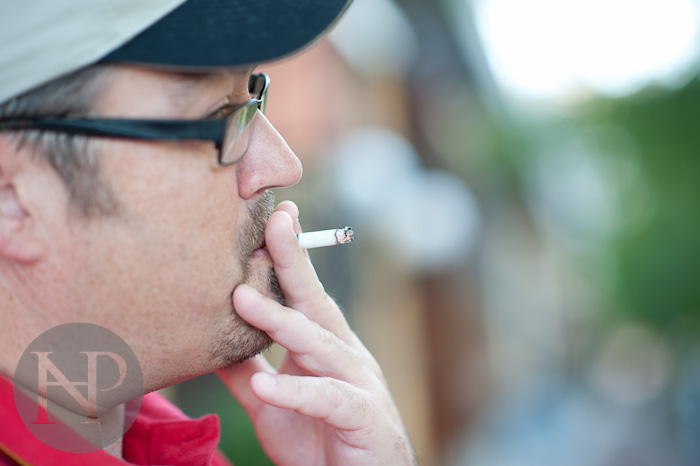
 Nikon D3 Nikon 85mm f/1.4G ISO 400 f/2.0 1/400
Nikon D3 Nikon 85mm f/1.4G ISO 400 f/2.0 1/400
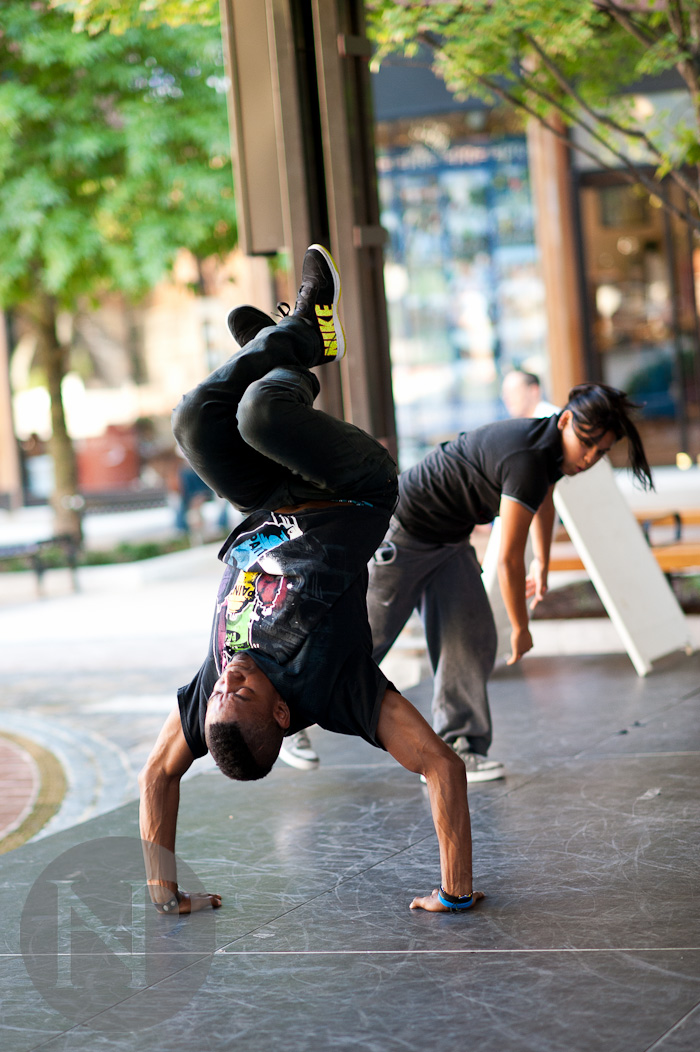
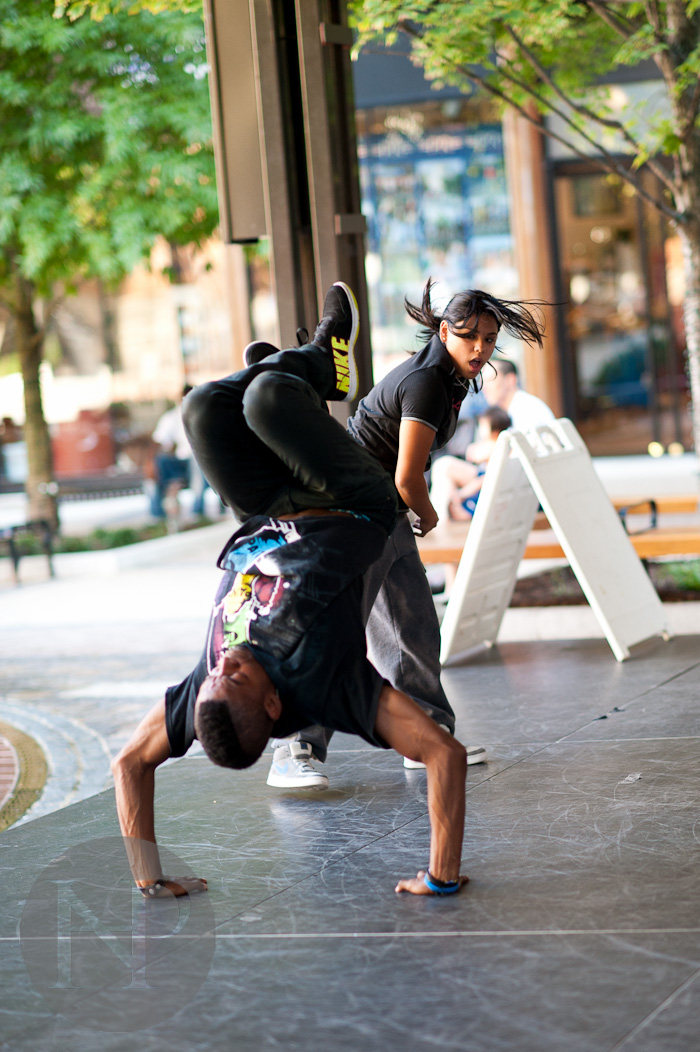
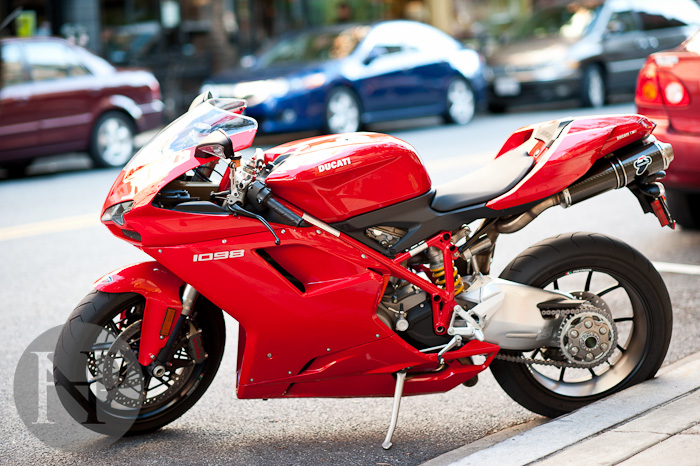
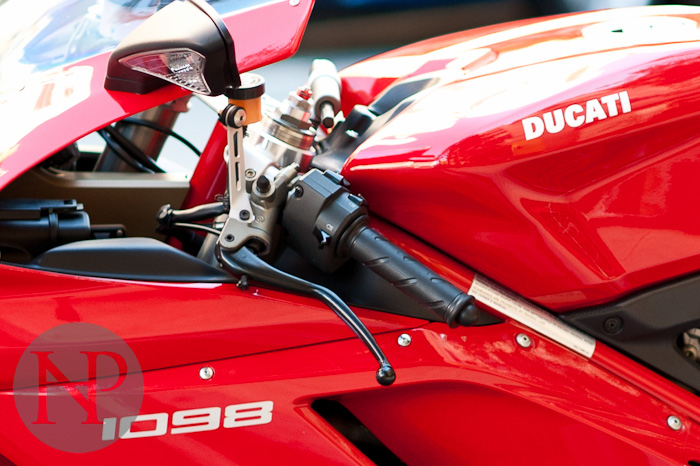 Nikon D3 Nikon 85mm f/1.4G ISO 400 f/2.0 1/400
Nikon D3 Nikon 85mm f/1.4G ISO 400 f/2.0 1/400
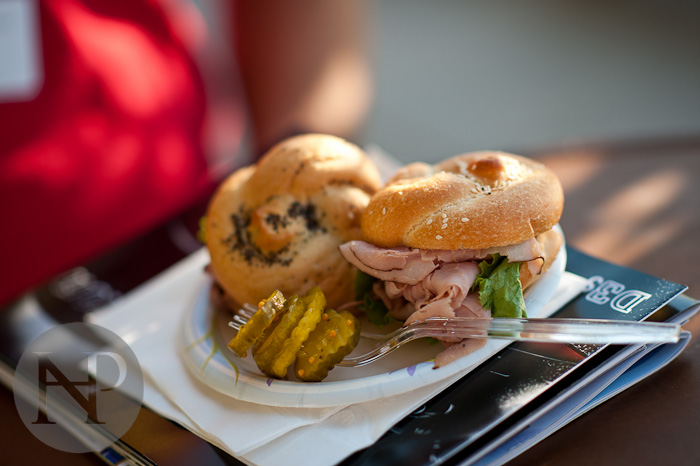
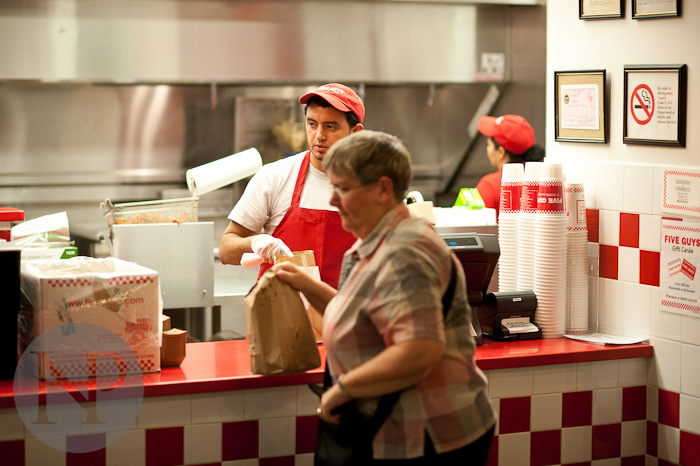
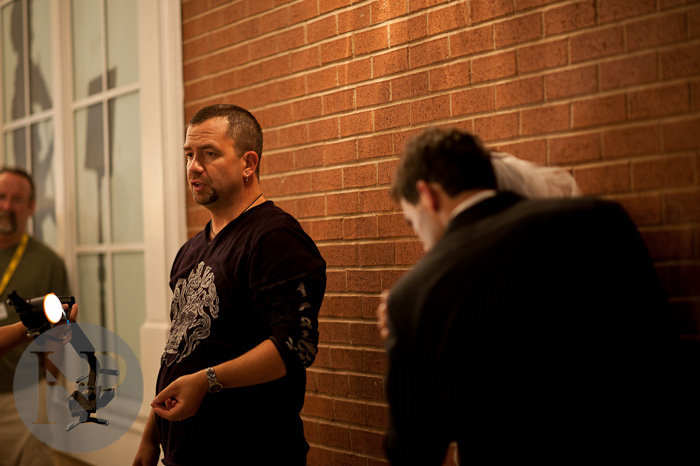
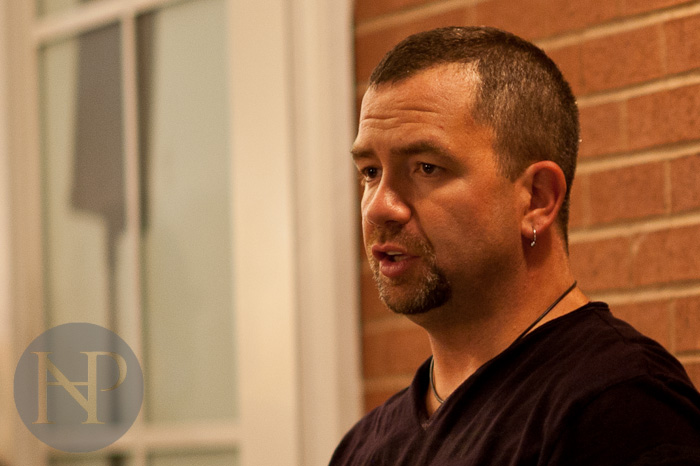 Nikon D3 Nikon 85mm f/1.4G ISO 1250 f/1.4 1/100
Nikon D3 Nikon 85mm f/1.4G ISO 1250 f/1.4 1/100
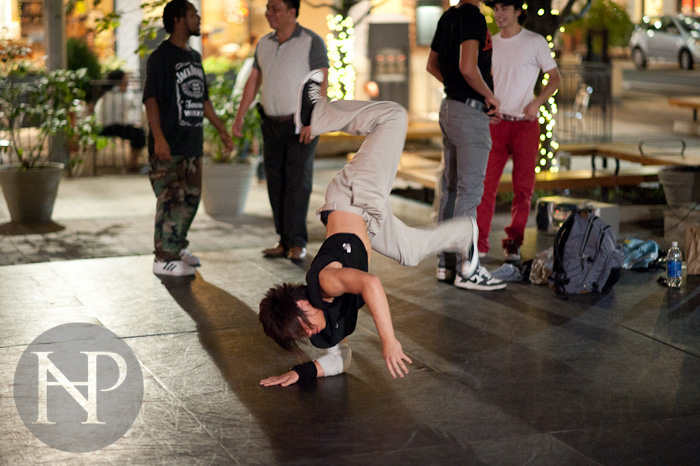 Nikon D3 85mm f/1.4G ISO 5000 f1/.4 1/80
Nikon D3 85mm f/1.4G ISO 5000 f1/.4 1/80
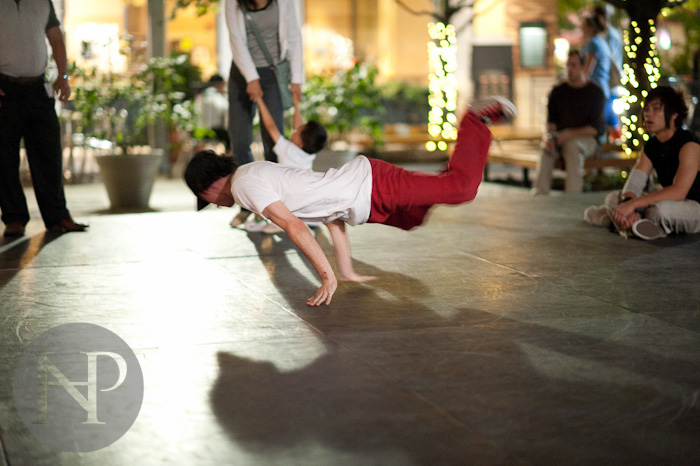 Nikon D3 85mm f/1.4G ISO 5000 f1/.4 1/80
Nikon D3 85mm f/1.4G ISO 5000 f1/.4 1/80
